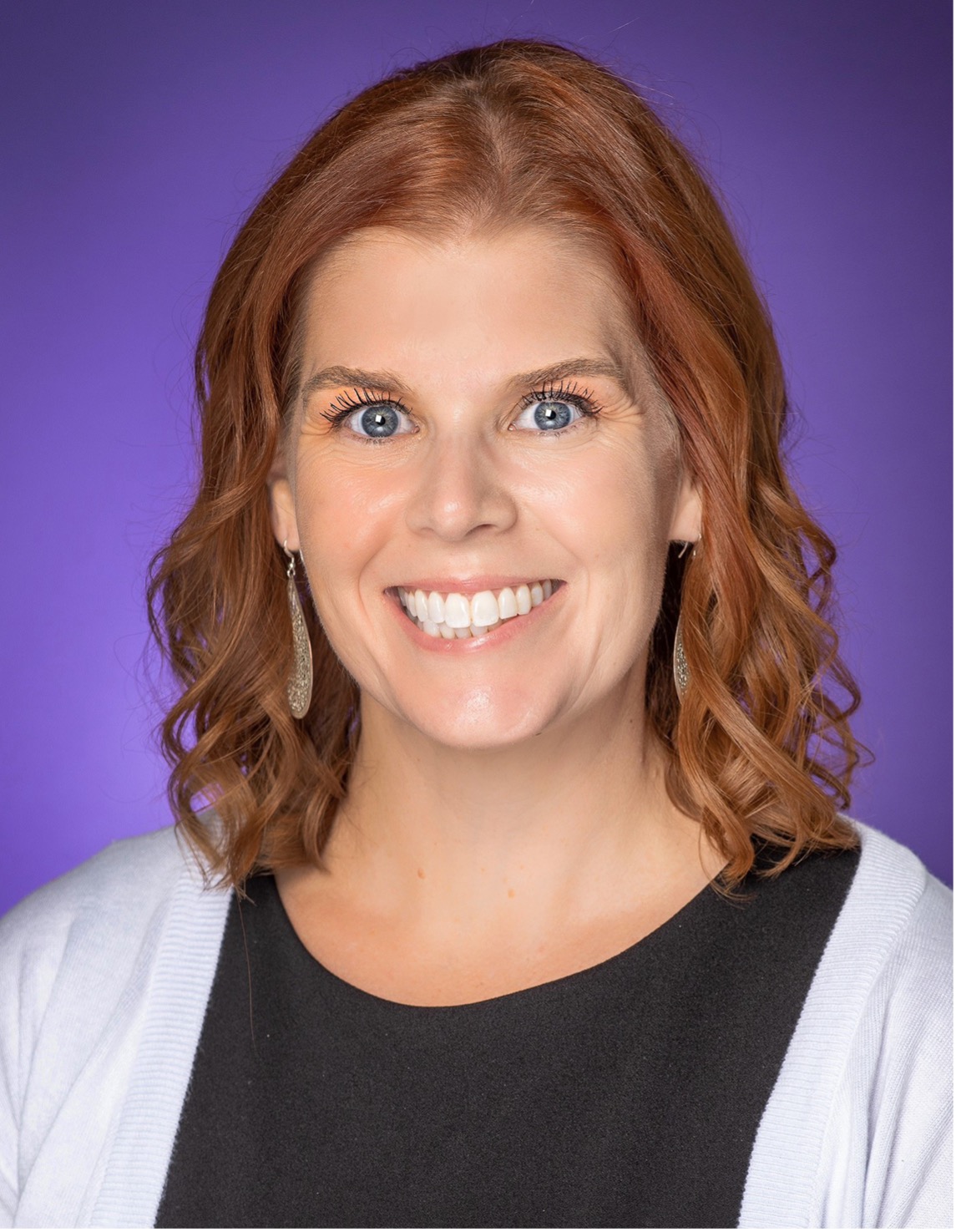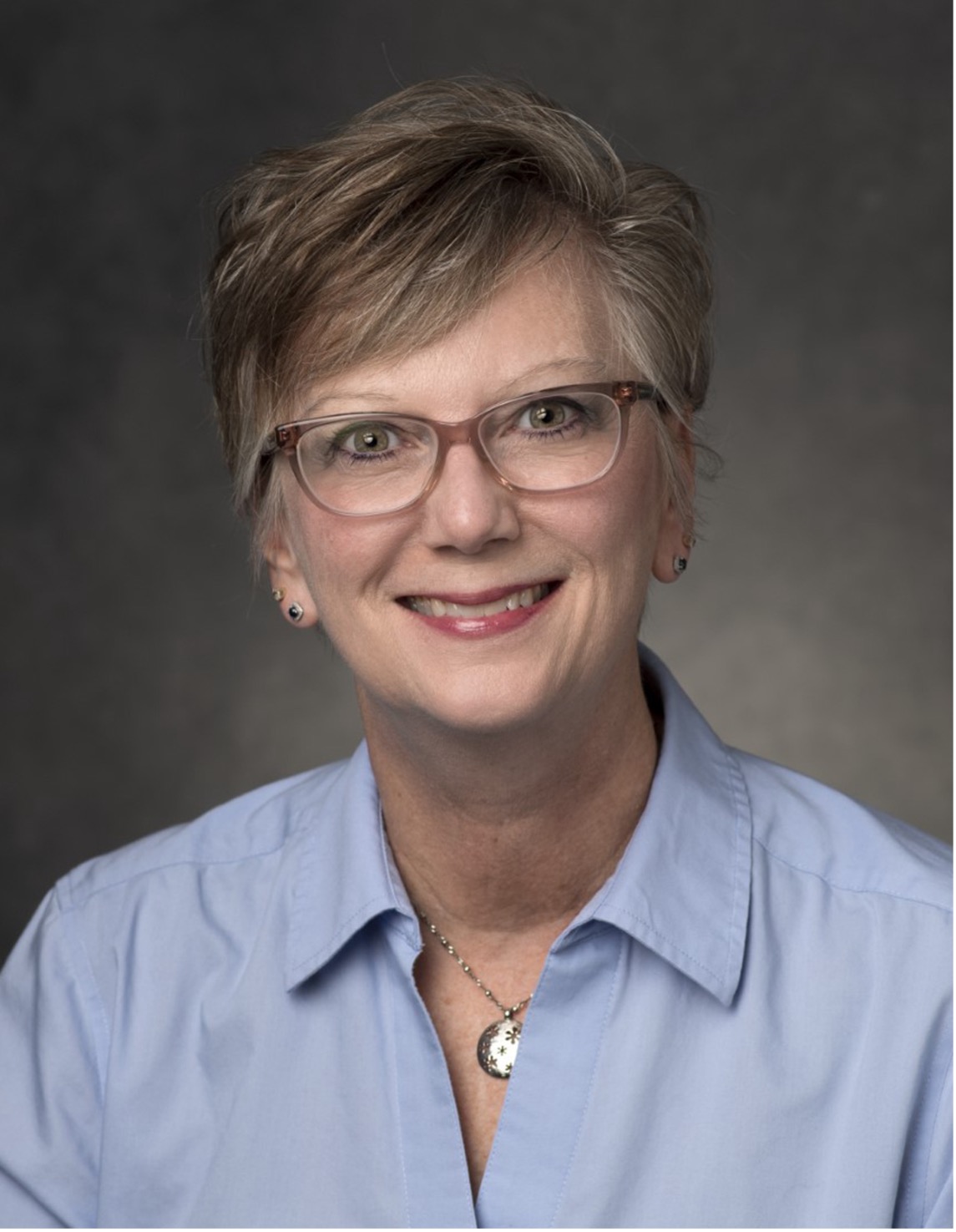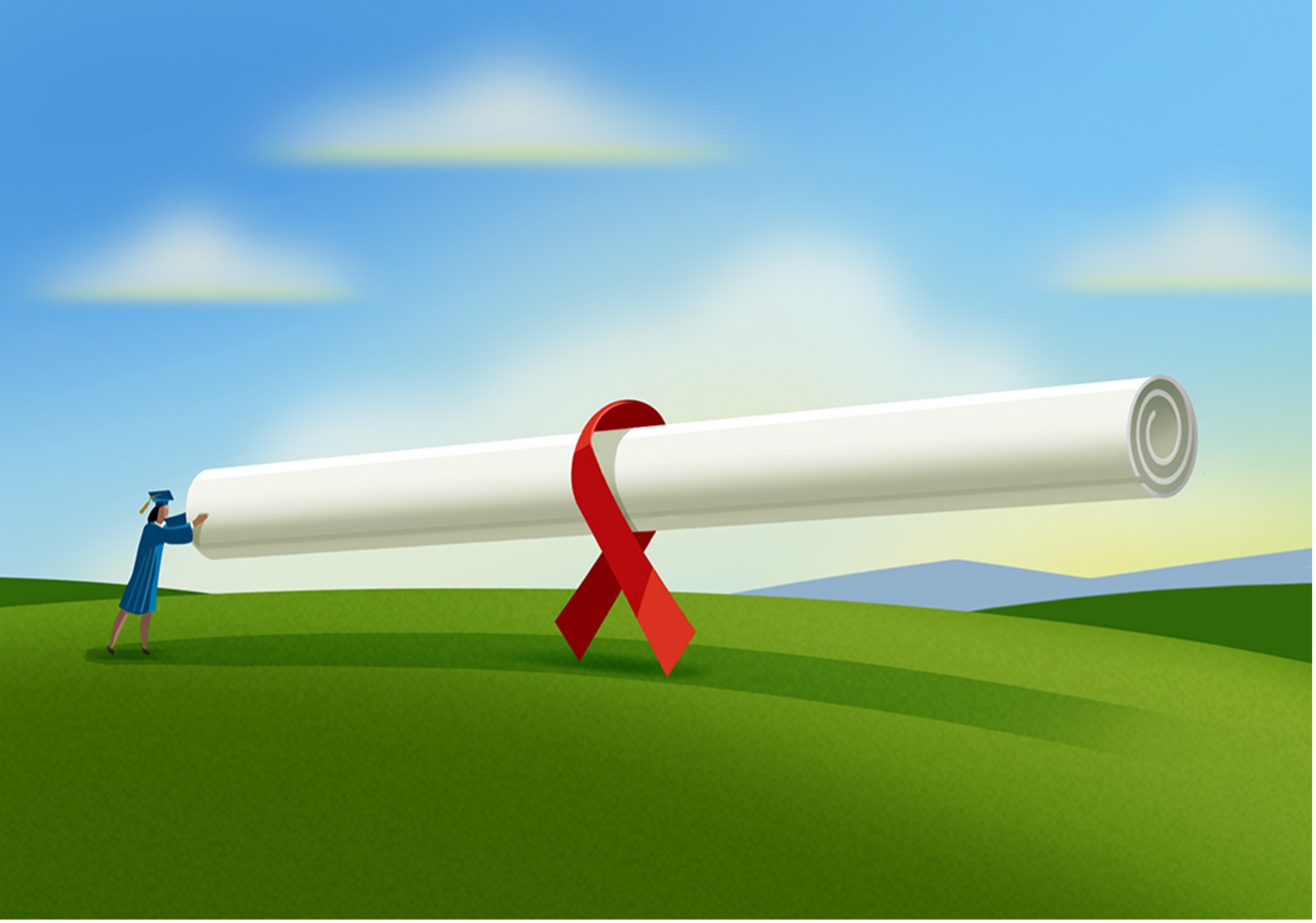If 90% of success is preparation, how can one undergraduate lecture on oncology possibly be enough to prepare nurses to successfully care for the nearly 40% of Americans diagnosed with cancer during their lifetimes?
In 2022, an estimated 18.1 million Americans were living with a history of cancer. In 2024, an estimated 2 million new cancer diagnoses will add to that tally. At the same time, the United States continues to struggle to address the nursing shortage, with the U.S. Bureau of Labor Statistics identifying a need for nearly 200,000 more nurses annually, mostly because of nurses leaving the profession.
Whether it’s for comorbid conditions, referrals, primary care, and more, patients with cancer seek care throughout the entire healthcare system. Nurses in every discipline and setting will encounter patients with cancer at many points during their career, and they must be prepared at the student level for the specialized care and considerations those patients require.

“Patients may have long-term complications from treatment as well as other comorbidities that will place them on other units, so it’s important for nursing students to have some familiarity with oncology,” ONS member Libby Rosonet, DNP, RN, CNL, said.
What Nursing Schools Currently Cover
Rosonet is an assistant professor of professional practice in the Harris College of Nursing and Health Sciences at Texas Christian University (TCU) in Fort Worth. She estimates that, in a typical program, nursing students receive one four-hour lecture in a medical-surgical course related to oncology basics and another one-hour lecture in a pediatrics course related to pediatric oncology. She is working to expand that preparation through an oncology nursing elective at TCU.
“To best understand patients’ complex and unique needs and respond to them in a holistic way, students need an understanding of oncology disease, treatment, and side effects—physical, mental, emotional, and spiritual,” she said, including cancer prevention, healthy living, the potential for recurrence or secondary cancers.

ONS member Jan Tipton, DNP, APRN-CNS, AOCN®, is a clinical assistant professor in the School of Nursing at Purdue University in West Lafayette, IN. In her institution, students are usually introduced to oncology lectures during medical-surgical courses, although they may have some exposure in clinical rotations. There are also simulations during medical-surgical courses that might include postoperative mastectomy-related care.
Oncology exposure potentially increases during public health courses, with home health and hospice content in lectures, clinical rotations, and simulations. Because this is the course that Tipton teaches at Purdue University, she also introduces cancer prevention and screening information. In addition, a pediatrics course includes oncology in lectures, and students may be assigned to a hematology-oncology floor for their clinical rotation.
“The curriculum is set up primarily to reach students as a generalist; however, they will encounter oncology survivors at various clinical settings in the care continuum, such as the emergency department, critical care, med-surg, psych, ambulatory care, and home health and hospice,” Tipton said. “Students need to have some exposure to this population since it is a leading cause of death in adults and the chances increase with age.”
The typical undergraduate program’s limited exposure to oncology not only creates gaps for nurses, but it affects the number of nurses considering oncology specialization. In an article for the Canadian Oncology Nursing Journal, Catherine Fox, RN, MN, CON(C), wrote that “increasing the amount of oncology content provided in undergraduate nursing programs can help to encourage interest in this specialty area and improve the ability of new graduates to care for this patient population.”
The complexities of the disease and its treatment combined with limited training and exposure during school can make encountering a patient with a cancer diagnosis even more stressful for nurses. In a 2020 review of prelicensure and graduate programs, researchers found that nurses did not feel equipped to care for patients with cancer. Even nurse practitioners with advanced training reported entering oncology positions without education or experience in cancer care and rated themselves as “ill-prepared to deal with issues” that typically arise in this setting.
Use Reliable Resources to Fill the Gap
On the first day of class each semester, Rosonet said she encourages her oncology nursing elective students to join ONS (which is free for nursing students) and enroll in the Cancer Basics course (which is a free benefit with a student ONS membership). She has used the course to guide her lecture content and assigns the modules as a supplement if a student misses a class or clinical rotation. “In fact, one of my students from a previous semester just got a job at a clinic because they saw she’d become an ONS member and they liked that she could continue her learning with [ONS] resources,” Rosonet said.
However, for the winter 2024 semester, she’s requiring all of her students to complete the Cancer Basics course as a portion of their grade. She thinks it will pay dividends for them, even those not interested in oncology as a specialty, because the course prepares them to encounter patients with cancer in any field and offers an opportunity to talk about the pros and cons of the oncology specialty.
“We try to strike a balance between learning what needs to be learned to take care of patients to the best of our abilities, because that’s our job as nurses, while also recognizing there are many fields to go into. Finding the best fit for our interests and capacity is important,” Rosonet said.
She also recognized that many schools do not have the resources or capacity for an oncology-specific elective. For these schools, she first suggested that if the instructor only has one day to cover oncology, “Keep it simple and hit the highlights.” Rosonet again recommended using the ONS Cancer Basics course to identify those highlights, as well as connecting oncology content to things that students have already learned (e.g., sepsis) to help them understand.
Tipton has also incorporated content from the Cancer Basics course in her program, but her current focus is on starting an oncology nursing affinity group for students. She also provides information on ONS and its many benefits. She also had a student take the Cancer Basics course independently before starting a job in oncology nursing.
“I was so pleased with her desire to learn, and I felt that the nurse manager would view it positively in the hiring process,” she said.
Show Students How to Find Learning and Support Throughout Their Career
Incorporating oncology content and supplemental information in undergraduate programs is important, Tipton said, but students also need to realize the value of professional organizations in education, evidence-based guidelines, and networking opportunities (see sidebar).
Through the oncology nursing affinity group, Tipton shares resources with students who are interested in oncology, such as ONS membership, educational resources, and opportunities for scholarships and networking. She also asks former graduates who are working in oncology to serve as mentors or meet with the group to talk about the specialty.
Her goal is to pilot the use of the ONS Cancer Basics course with the affinity group and then work with the medical-surgical faculty to examine the possibility of integrating the course into their classes. Tipton teaches public health courses and is hoping to include cancer-related material there as well. “My longer-term goal is to develop partnerships with schools in our conference to promote oncology nursing,” she said.
“It can all feel a bit overwhelming in the beginning, and oncology is not a simple concept to understand,” Rosonet said. Professional organizational resources, like the ONS Cancer Basic course, “helps them understand cancer cell basics, teaches how chemotherapy works and its side effects, and reminds them of the biology they learned.”
Nurture Students’ Natural Interest in Oncology
“We need to continue to grow oncology nurses and emphasize the benefits of working with this population,” Tipton said. “I would hope that nursing students can see the continuum of care and how important oncology nursing is in prevention, early detection, treatment, and palliative care. Sometimes it just takes one experience or mentor that makes a huge difference. We need to keep building on that!”
Tipton and Rosonet both said that students with an interest in oncology often have had family members with cancer.
“Be sensitive to their experiences—cancer is personal for a lot of students,” Rosonet said. “A lot of students have been touched by cancer in their own lives and have a natural curiosity regarding it. It takes a balance of covering the content they need to know and also acknowledging the emotional load that cancer carries with it.”
Finally, Rosonet said, never forget the patient at the bedside. “Help them understand the unique mental, emotional, and spiritual needs of patients and their family members,” she said. “Remind them that the science is important, but the patient is more important. The beauty of oncology nursing lies in the nurse-patient relationship and how we provide them care in a way that looks beyond the disease and still sees the person as more than a diagnosis.”






